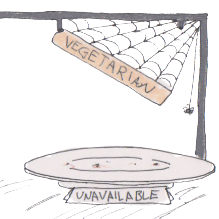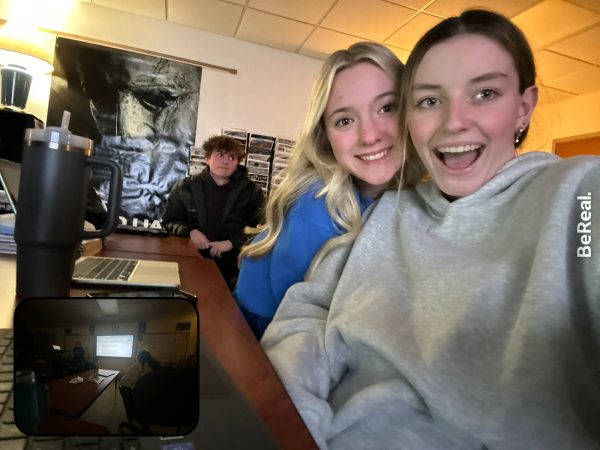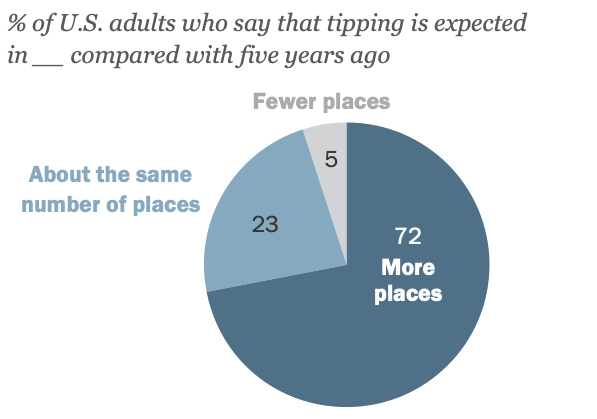Not “Meat”ing Expectations

It’s hardly a controversial idea that all students should have access to a hot lunch when they’re at school. Child hunger initiatives preach nourishment when it comes to fostering productive education. Because of this and other factors, some schools, including our own, have even taken steps to make hot lunch more accessible to all by providing each student with one serving of hot lunch per day, completely free of charge.
The benevolent intention to keep all students well-fed is certainly there. However, one student demographic still finds it quite challenging to cash in their check for a free school lunch most days due to a lack of viable lunch options, despite their dietary restriction being one of the most common in both the country and world. School lunches are not accessible for vegetarian students, or those of a vegetarian variation, and this can not reasonably continue.
This is a nuanced conversation, no doubt. Firstly, it’s important to recognize the amount of effort that is given by those who work in our school kitchens each day, not only feeding hundreds of hungry students who come through their line but cleaning up after them and preparing for the next day’s rush. The amount of effort they give to keep the school fed is immense. This is not a problem to be attributed to our wonderful meal staff.
Secondly, it must be acknowledged that public schools in general are underfunded, and it is unrealistic to expect that the lunch line be equipped with a meal option to cover each dietary restriction in the book. Furthermore, I am not asking for the school to begin budgeting for the purchase of Impossible Burgers and Beyond Meat meatballs. This is not a fair expectation to place on our school. Instead, we can put in the effort to make small, reasonable changes.
I am a pescetarian. This means that the only type of meat I consume falls into the seafood category, and even then, I limit my consumption of it. This choice means a lot to me, which is largely why I care so much about keeping lunch accessible to all.
I eat lunch with several individuals who are vegetarians, too. When our small group first ventured to the cafeteria and faced the hot lunch selections this year, we were a bit disappointed and hard-pressed to find our meals. For a week straight, each of us took our pick between a slice of cheese pizza (if the supply hadn’t already been depleted) and a cup of plain lettuce, because, to our disappointment, the pre-made salads all include meat. Naturally, being hungry and wanting more sustenance, we all chose the cheese pizza.
As time has progressed, we’ve had the occasional opportunity to eat something from the actual daily-preparings, such as nachos (can I have that without the meat, please?) and pasta with sauce (just the sauce please, no meatballs). Some days though, the latter option was not viable, because the meatballs had already been incorporated into the sauce and there was none to be found without.
Herein lies one of the greatest changes that I can see being made to help vegetarian students have reasonable lunch options: when possible, keep the meat separate. There have been many dishes I’ve come across in the lunch line where meat is mixed in with a vital element of the dish rather than being set aside as another step. Many of the meals prepared for students could be made accessible to vegetarian (and vegan) students by simply having the meat in an adjacent tray, making it an “add-on” option for students rather than a default.
Another small change that could be made to help vegetarian students have lunch options is to always include a meatless option on the hot bar. The hot bar, often equipped with pre-wrapped hamburgers, hotdogs, and the like, sometimes holds a meatless option, but unfortunately said inclusions are sporadic.
From pizza dippers to cheese quesadillas and more, there are certainly vegetarian hot bar options that our school offers. The only problem is that they are infrequently included in the daily lineup. If a point could be made to include a single meatless option each day along with the already-present spread of meat-inclusive picks, vegetarian students would have an easier time finding a lunch they can eat.
This issue may seem relatively menial to some. After all, past the hot lunch line, there are also many chip options, a fruit and veggie bar, and some meatless items found in the cooler such as yogurts. While this is true, we must remember that each of these extra items are considered “à la carte,” meaning a student must pay for them out of their account, which raises another concern entirely: these lunch options are not included in the school’s “free lunch” promise.
Expecting a vegetarian student to craft a filling, nourishing school lunch from à la carte items day after day is inequitable. It is not the solution. It’s hardly a student’s fault that the hot lunch might not yield any options which they can, without betraying their diet, eat, and that they have to pick from à la carte options instead. A student should not be punished, financially, for this oversight. Not everybody is so fortunate as to be able to pay for approximately $6 worth of à la carte items each day, which must be remembered.
I, personally, am fortunate. I have my own car, a license, and a well-enough-paying job for a teenager. These factors allow me to leave campus for lunch whenever I’d like and buy my own meal somewhere that I know has options for me. This is what I’ve resorted to doing most days now, after one too many school lunches where I left feeling still-hungry and disappointed.
With my resources, I’m able to go to a drive-thru or even home to my own vegetarian-friendly pantry and make myself a fulfilling meal. I have choices. However, in reality, this is a privilege hardly shared by each student at SHS, and it is for these students that we must make various small changes. There should never be a day where there is not a single meatless option in the hot lunch area. No student should find themselves hungry at school when equitable measures can be taken to prevent it.

Clare Borchardt is the Norse Star's Copy Editor as well as a staff writer. Clare appreciates how the Norse Star is student-led and the amount of collaboration...






